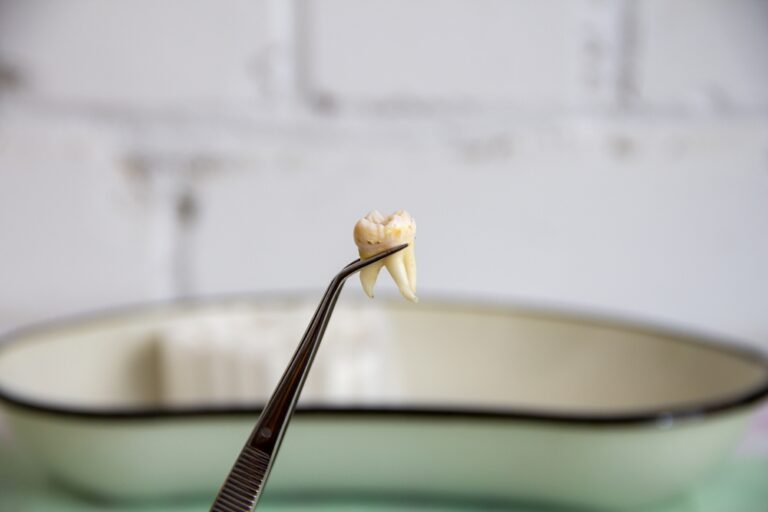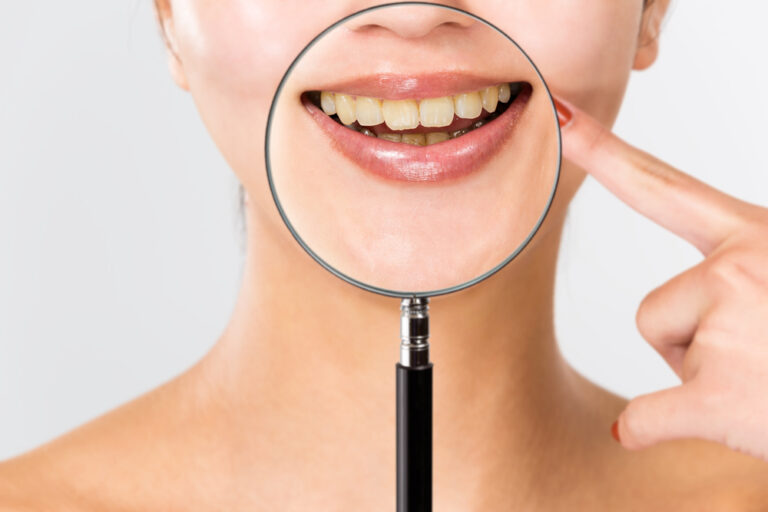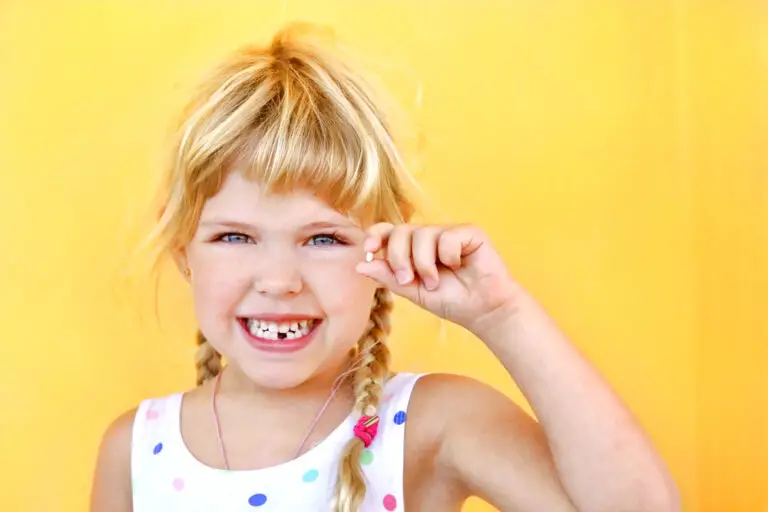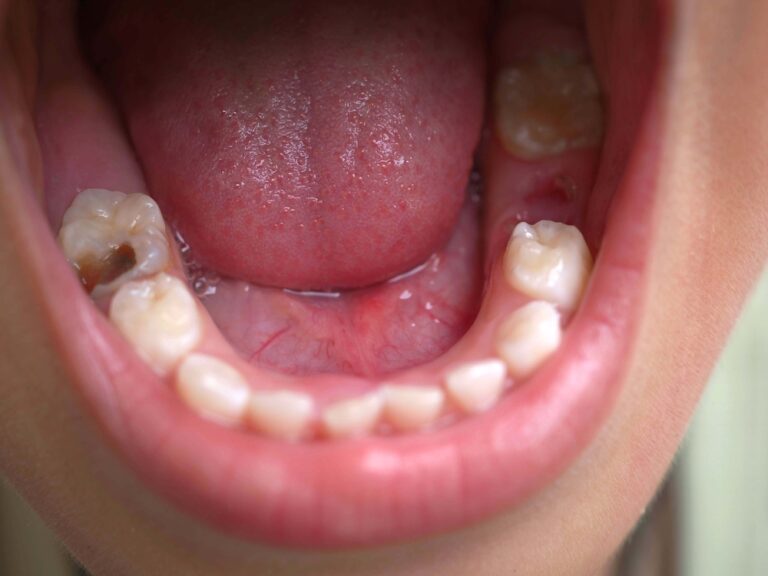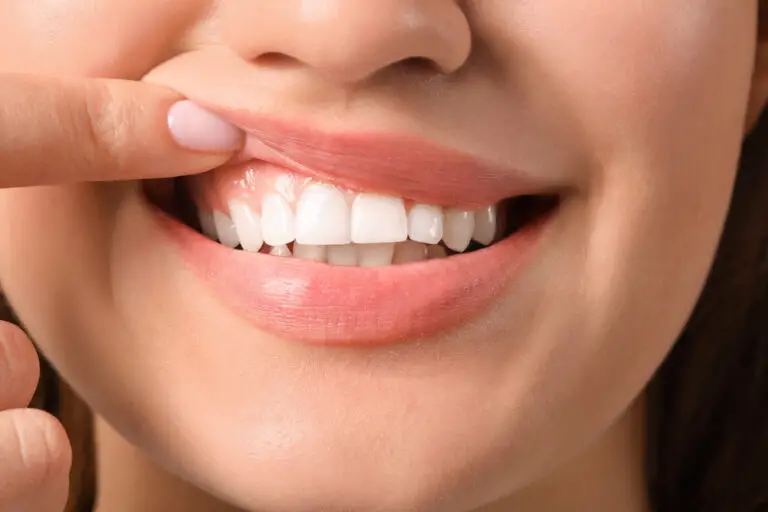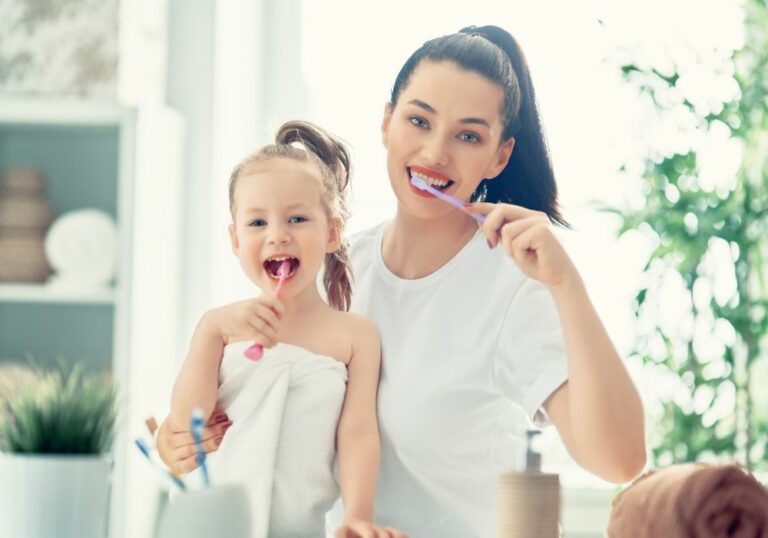Brushing your teeth is an essential part of maintaining good oral hygiene and overall health. However, many people find the act of brushing tedious, time-consuming or even painful. This can lead to lackluster brushing habits or avoiding brushing altogether.
While disliking brushing is common, it’s important not to neglect this crucial task. Poor oral hygiene can lead to a variety of problems like bad breath, tooth decay and gum disease. These issues often worsen over time and can be difficult and expensive to treat. Establishing a regular, thorough brushing routine – even if you don’t enjoy it – is vital for protecting your oral and overall health.
So what can you do if you genuinely hate brushing your teeth? Here are some tips for making this chore less unpleasant, plus important reasons to keep up with it even if you dislike it.
Tips for Making Brushing Your Teeth More Tolerable
1. Find the Right Toothbrush
Using a toothbrush that’s comfortable and designed for your needs can make brushing less of an ordeal. Things to consider when selecting a toothbrush:
- Bristle texture – Soft or extra-soft bristles are gentler on gums. Medium bristles provide thorough cleaning for those with minimal gum sensitivity. Try different textures to find the most comfortable fit.
- Size of brush head – Compact heads are better suited for small mouths and reaching rear teeth. Larger heads cover more surface area for quicker brushing sessions. Opt for a compact brush if you have a smaller mouth.
- Grip – Thicker handles are easier to control than thin ones that can easily slip. Angled handles allow better reach to back teeth and hard-to-access spots. Choose a toothbrush with a grip that feels most stable in your hand.
- Electric – Electric toothbrushes do some of the work for you with oscillating or rotating motions. They can make brushing easier if you struggle with manual techniques. Electric models work well if you have arthritis or limited dexterity.
2. Use a Pleasant Tasting Toothpaste
Flavored toothpastes can make the brushing experience more enjoyable. Choices like mint, cinnamon and fruit flavors provide a refreshing taste and aroma. Look for brands without harsh chemicals or whitening agents, as these can irritate sensitive mouths. Avoid overpowering flavors like bubblegum or soda which may become too sweet over time. Test out sample sizes of different toothpastes to find your favorite.
3. Try a Mouthwash You Like
Mouthwashes and rinses can remove debris and provide lasting freshness. The tingling sensation might also help override any brushing discomfort. Opt for therapeutic formulas with ingredients like fluoride, xylitol or antimicrobials instead of alcohol-based varieties that can dry tissues. Using a mouthwash you find refreshing can make brushing more appealing.
4. Set a Brushing Routine
Having a set brushing schedule can make teeth cleaning feel more automatic and less like a hassle. Consistency also helps establish habits. Try tying brushing to existing parts of your daily routine like right after a meal or before bed. Stick to a schedule instead of brushing randomly.
5. Brush to Music
Listening to upbeat music, a podcast or audiobook can distract from any brushing dislike. Play your favorite tunes and make a brushing playlist. Time songs to ensure brushing for the recommended two minutes. Upbeat audio makes time pass quickly.
6. Invest in an Electric Toothbrush
Electric toothbrushes require less manual effort, while also cleaning teeth efficiently. Many have built-in timers and pressure sensors to ensure adequate brushing time and gentle scrubbing. The vibrations can feel ticklish and amusing. The upfront cost of a good electric toothbrush pays off over time. Choose a model with features to optimize your experience.
7. Use Floss Picks
If you don’t like traditional flossing, use floss pick devices instead. The plastic handles make them easy to grip and control. Hold picks at an angle to clean between teeth. Floss picks allow flossing on the go without having to manipulate string floss.
8. Try a Tongue Scraper
A tongue scraper can freshen breath by removing bacteria and food debris. Light pressure is all that’s needed when scraping the tongue from back to front. Rinse the scraper after each use. Scraping only takes seconds and leaves your mouth feeling clean.
9. Practice Proper Brushing Technique
Scrubbing aggressively or using improper form can cause gum irritation and tooth sensitivity making brushing uncomfortable. Follow dentist-approved tips like holding the brush at a 45-degree angle and gently moving in short strokes. Let the bristles do the work. Using appropriate technique prevents pain and damage.
10. Schedule Regular Dental Cleanings
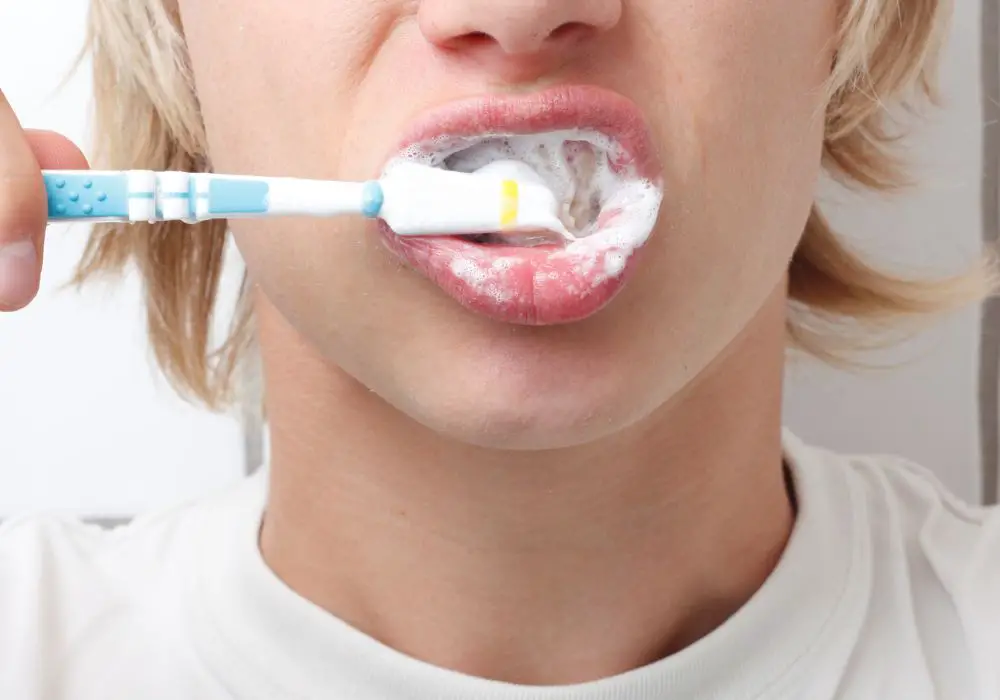
Getting your teeth professionally cleaned every 6 months removes hardened plaque that standard brushing misses. The smooth cleaning feeling after a dental visit can motivate you to keep up with daily brushing. Ask your dentist or hygienist for tips to improve your home care. Regular cleanings reduce mineral buildup that causes sensitivity.
11. See the Dentist Annually
Visiting the dentist each year spotlights the importance of oral health. Exams can detect issues early before they become advanced or painful problems. Discuss brushing difficulties with your dentist to find solutions. Your dentist can assess if your brushing regimen sufficiently cleans your teeth and address any areas of concern.
Consequences of Neglected Oral Hygiene
Disliking brushing is understandable but regularly skipping it can lead to chronic dental problems, including:
Tooth Decay
Brushing removes sugary debris and plaque that interact to create cavity-causing acid. Skipping brushing allows this acid to erode tooth enamel over time. This decay results in holes in teeth requiring fillings or possibly tooth extraction. Cavities start small but expand rapidly with inadequate brushing.
Gum Disease
Plaque buildup inflames gums making them tender, red and more likely to bleed. If untreated, gingivitis can advance to periodontitis with damage to tissues and bone that support teeth. This can eventually lead to loose teeth or tooth loss. Gum disease is a leading cause of adult tooth loss.
Bad Breath
Halitosis or bad breath often stems from bacteria on the tongue, gums and teeth. Meticulous brushing helps sanitize the mouth for fresher breath. Insufficient brushing leaves odor-causing bacteria behind. Bad breath results immediately from poor hygiene.
Tooth Discoloration
Daily brushing prevents stains from foods, tobacco and drinks like coffee, tea and wine. Inadequate brushing allows discoloration to accumulate, dulling natural tooth shade. Whitening treatments can help reverse some staining. Prolonged plaque buildup stains tooth surfaces.
Dental Abscesses
Untreated cavities allow bacteria to infect the inner tooth (pulp) leading to a painful abscess. Abscesses require aggressive treatment like a root canal or tooth extraction. Prompt cavity treatment prevents abscess development. An abscess can cause serious infection if left untreated.
Difficulty Chewing
Chewing becomes painful if teeth are damaged or loose from excessive decay and erosion. A lack of properly functioning teeth also limits nutritious food choices. Poor chewing hinders eating and nutrient intake.
Jaw and TMJ Problems
Insufficient brushing and dental problems like abscesses can eventually contribute to jaw and TMJ (temporomandibular joint) disorders. Jaw muscles and joints are closely connected to the teeth. TMJ disorders cause chronic pain.
Decreased Quality of Life
Poor oral condition takes a physical and mental toll. Dental pain, tooth loss, bad breath and chewing issues all degrade quality of life. Getting adequate nutrition and socializing become more difficult. Oral health is tied to overall wellbeing.
When to See a Dentist About Brushing Difficulties?
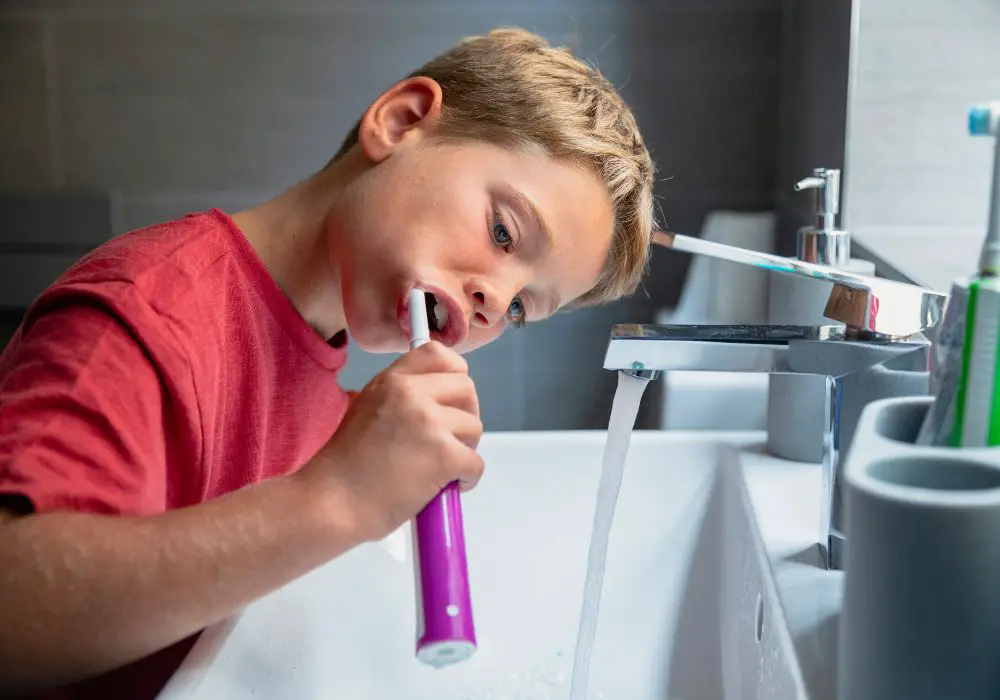
See a dentist right away if brushing pain or dental symptoms arise including:
- Bleeding gums when brushing or flossing
- Red, swollen or tender gums
- Receding gumline that exposes tooth roots
- Persistent bad breath with no explanation
- Increased tooth sensitivity to hot, cold or sweets
- Toothache ranging from mild to severe
- Loose or shifting teeth
- Bumps, sores or white/red patches in the mouth
- Chronic dry mouth
The dentist can diagnose if inadequate brushing is contributing to these problems. Proper treatment can resolve symptoms and prevent additional oral health damage.
Be sure to discuss any struggles with brushing frequency and technique. Your dentist can help modify your routine for best results. If brushing is too painful due to gum disease or sensitivity, your dentist may recommend special toothpastes, prescription rinses or even in-office cleanings to manage symptoms until brushing becomes more comfortable. Addressing any underlying health issues like acid reflux or chronic dry mouth may also help decrease brushing discomfort.
Effective Brushing Techniques for Optimal Cleaning
While brushing twice daily for two minutes is standard, proper technique ensures thorough cleaning:
- Tilt the brush head at a 45-degree angle near the gumline. Apply light pressure. Never scrub hard.
- Gently move the brush in short strokes and circular motions. Avoid aggressive scrubbing motions.
- Brush the outer surfaces, inner surfaces and chewing surfaces of all teeth. Don’t neglect any tooth surfaces.
- On the inner surfaces, tilt brush vertically and make gentle up and down strokes. Take care around sensitive areas.
- Brush the tongue from back to front several times. This removes bacteria and freshens breath.
- Take note of areas where brushing causes discomfort. Be extra diligent but gentle in those spots.
- Use floss or interdental cleaners to remove debris between teeth. Don’t just rely on brushing.
- Rinse thoroughly after brushing and flossing. Mouthwash use is optional.
Supplemental Oral Hygiene Tools for Extra Brushing Assistance
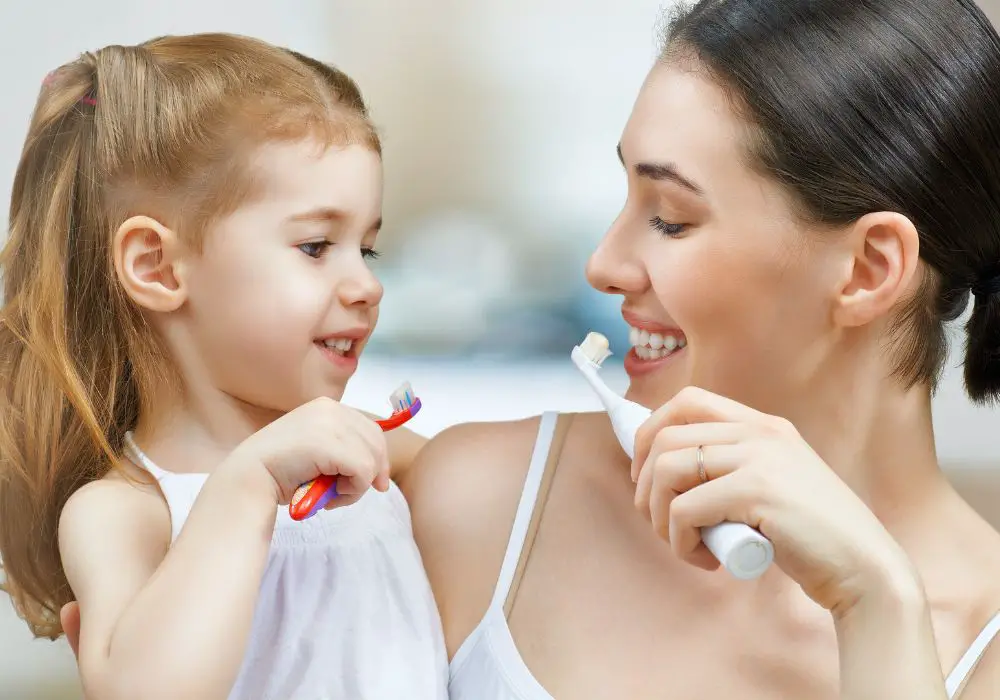
Integrating additional tools into your routine can help cover spots missed by brushing:
Interdental Cleaning
Floss and interdental brushes remove food trapped between teeth. This prevents plaque buildup and cavities in these neglected areas. Interdental cleaning provides added protection.
Tongue Scrapers
Scraping your tongue helps freshen breath by removing bacteria and debris. Focus on the back third of your tongue where odor-causing compounds collect. Scraping takes just seconds.
High Fluoride Toothpaste
Higher fluoride toothpastes strengthen enamel making teeth more decay-resistant. They also relieve sensitivity discomfort. Use if you have chronic cavities or sensitive teeth.
Antimicrobial Mouth Rinses
Products like antibacterial and anti-gingivitis mouthwashes reduce gum inflammation and neutralize bad breath between brushing. Avoid alcohol-based varieties that dry oral tissues.
Dry Mouth Products
Oral moisturizing gels, lozenges and specialized toothpastes refresh the mouth. Saliva production lessens bacterial growth. Use if chronic dry mouth makes brushing uncomfortable.
Electric Toothbrushes
Rotating oscillating heads provide a superior clean that’s less technique-sensitive. Features like pressure sensors prevent excessive scrubbing. Electric models are advisable if you brush infrequently.
Frequently Asked Questions
Q: Can I get away with just brushing once a day?
A: Brushing just once daily significantly raises your risk for plaque buildup, tooth decay and gum disease. Always aim to brush twice per day – morning and before bed. Brushing twice daily provides the minimum cleaning for healthy teeth and gums.
Q: Are electric toothbrushes really better than manual ones?
A: Electric toothbrushes are proven more effective at removing plaque and debris than regular manual brushes. Models with timers and pressure sensors also help ensure adequate brushing time and gentle scrubbing. Electric versions are advisable for those who dislike brushing or have difficulty with manual dexterity.
Q: Can whitening toothpaste damage teeth with overuse?
A: Aggressive use of whitening toothpastes long-term may wear away some enamel. Opt for gentle whitening pastes with polishing ingredients instead of bleaching agents which are more abrasive. Bleach-containing strips or gels also carry risks with overuse. Use whitening products in moderation for the safest results. Consult your dentist.
Q: How do I get my kids to brush their teeth if they hate it?
A: Make it fun by letting kids pick out their own flavored toothpaste and brush. Set up a brushing chart with stickers to track progress. Play music or brush alongside them to keep them engaged. Explain the importance of brushing in a kid-friendly way. Offer rewards for consistent brushing like a toy or treat. Seek guidance from your pediatric dentist on motivating kids.
Q: Are water picks an acceptable substitute for flossing?
A: Water flossers do not serve the same purpose as traditional flossing. They only flush away loose debris whereas floss removes sticky buildup between teeth. Use floss or interdental brushes at least once daily in addition to water flossing. Water picks should not replace regular flossing but can be a helpful supplement.
The Takeaway: Prioritize Brushing No Matter How Much You Dislike It
A daily teeth brushing routine is crucial for your oral and overall wellbeing – even if you genuinely dislike doing it. By finding the right tools and techniques and understanding the risks of neglecting oral hygiene, brushing can become less of a dreaded chore. Don’t let your brushing aversion translate into serious dental damage. Consistent brushing is a non-negotiable habit for optimal health. With the right strategies, it can become more palatable over time. Investing a few minutes in brushing now spares you dental pain and complications down the road.

